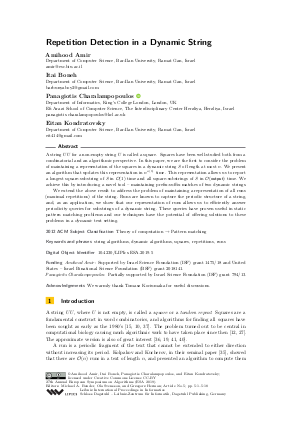LIPIcs.ESA.2019.5.pdf
- Filesize: 0.64 MB
- 18 pages

 Creative Commons Attribution 3.0 Unported license
Creative Commons Attribution 3.0 Unported license





Feedback for Dagstuhl Publishing